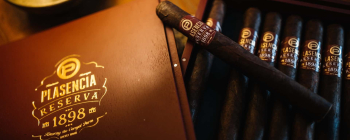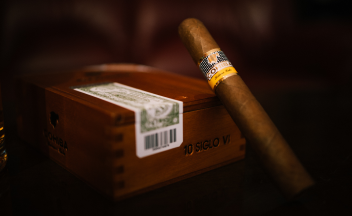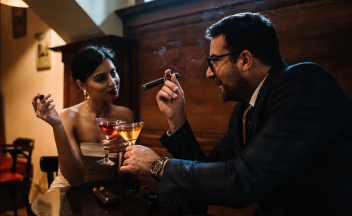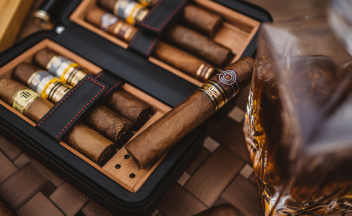Any common man (or woman) would look at two of the same thing – same in size, origin, color, shape, etc. – and assume they would perform the same. However, with cigars, this is certainly not the case. In fact, every single cigar smokes a bit differently, and that is what also makes buying and smoking cigars so unique. Each purchase is a process.
While the same cigar maker can have their business down close to perfection, achieving absolute perfection is nearly impossible. This is due to the many different processes that cigars go through from seedling to smoke that make perfection an impossibility. So, for the common man, two Davidoff Grand Cru No. 2's may seem nearly the same. However, cigar aficionados can notice differences in wrappers, burn time, tightness of roll, combustion, strength, and even flavor.
We put together a list of ways that each cigar (even if it’s from the same cigarmaker, factory, and even roller) can be different – and what to look out for:
Wrapper:
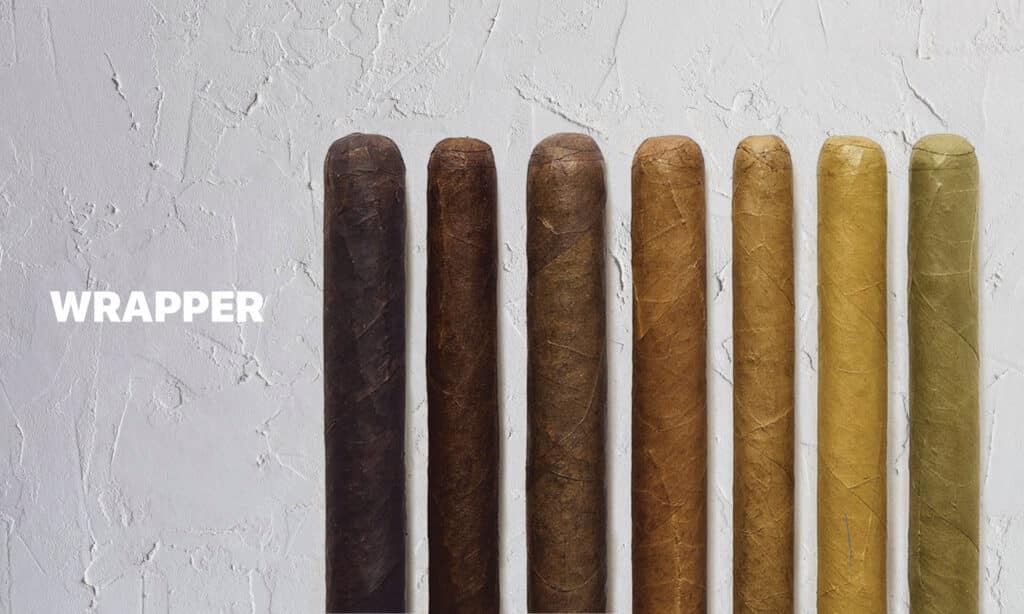
One of the first most noticeable differences between cigars can be told right from one of a cigar’s most important parts – the wrapper. That is the outer leaf that you see rolled around the entire cigar. You’ll notice how each and every cigar might have a slightly different hue or different veins (look for raised, river-looking stems that run along the wrapper as they do on any leaf you’ll find on a tree). Some of these veins may be extremely raised, which can either affect the burn of the entire cigar or add some serious flavor you wouldn’t expect. Just like every leaf you see fall off a tree is different, so are these tobacco leaves. Hence, flavor and burn can be different.
Human Error:
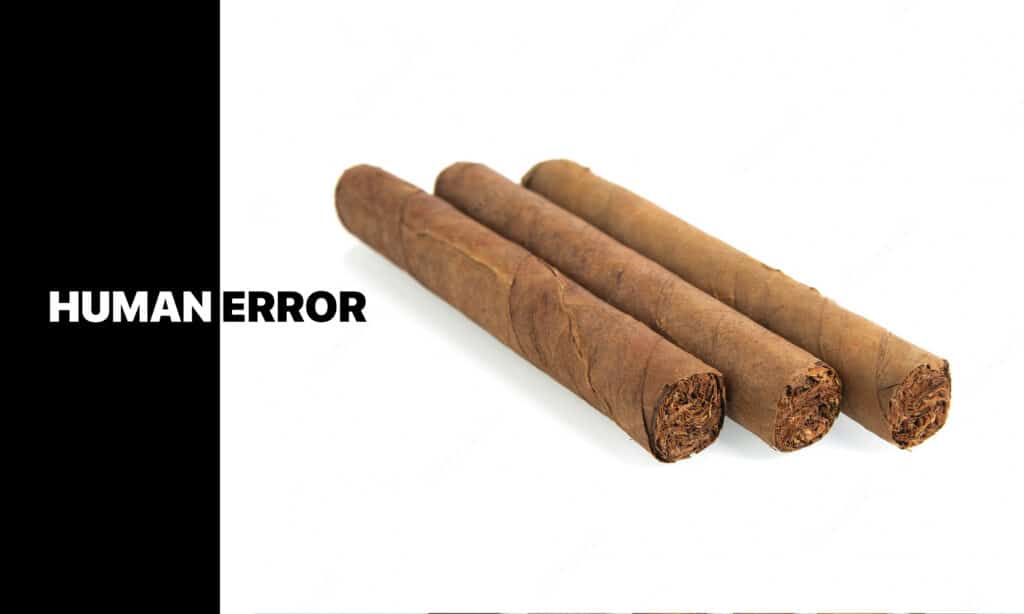
Now, some may not call it an error but more of character. However, the fact that each premium cigar is made by the hands of a human being in a factory makes all the difference. While a Dutchmaster at a gas station is made by a machine, thus eliminating some chance for flaws, a hand-rolled, premium cigar comes down to the torcedor (“cigar roller” in Spanish). They are highly experienced, especially in well-known factories like El Laguito or La Corona in Cuba, but they can still make mistakes. And even if they are not considered mistakes, the very pressure they use with their hands on each roll can affect how tight, sloppy, or unevenly the cigar is made.
Crop Year:
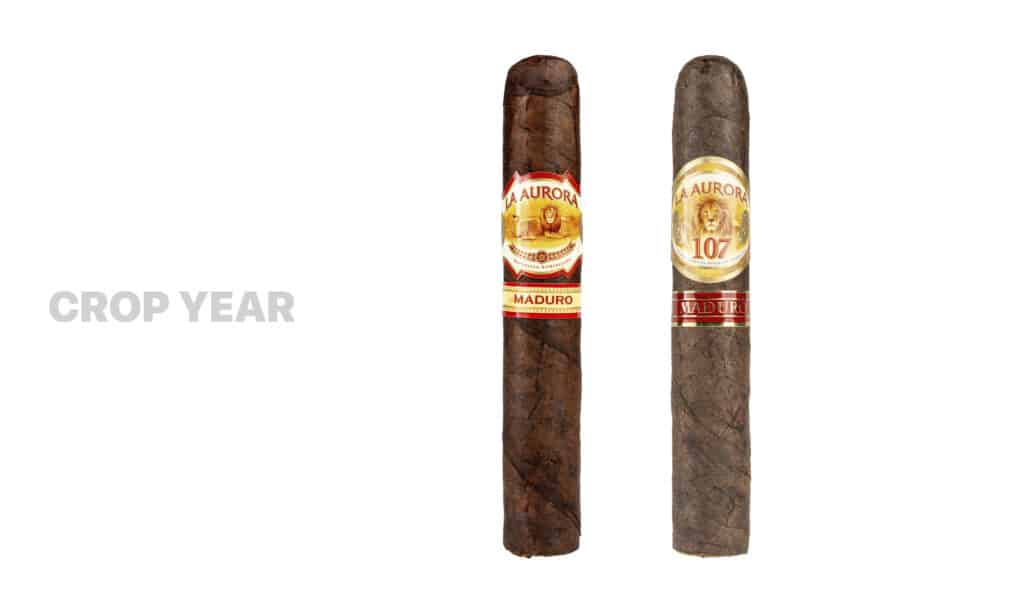
While a La Aurora Maduro Robusto may look the same year after year, the year a cigar is made makes a big difference. Take a year with heavy rain for instance. This can ruin a lot of crop, hence the cigars not having their signature taste. A year with no rain and too much sun can result in a different crop as well – potentially changing the color and the burn. Most of the time, it is tough to tel what year is the best but you can refer to professional ratings to get the best year for each cigar.
So just as a year can produce an incredible grape harvest for a wine, it can do so for a tobacco harvest for our beloved cigars. Take 2017 for instance, which had an incredible crop in Cuba. farmers reported that it was the best tobacco crop they had seen in years. Cigars rolled from this harvest would likely turn out splendid, even if they ended up looking just like cigars from a cold and wet 2003 harvest. Always try to be in the know to understand which years are getting great tobacco. This can also help you become a collector if you’re looking to age cigars over the course of time to sell (or smoke) them.
Fermentation Process:
Just like human error can have a role in the rolling process (pun intended), it can make a difference in the fermentation process. The fermentation process is what gives the tobacco found in cigars their color, smell and flavor – just like it does for alcohol if you’re more in tune with that. This requires all of the tobacco leaves to be stacked on top of each other in a pile called a pilon. In this pile, which is held in its own separate room that you do not want to be in due to the ammonia that fills it, the tobaccos biochemically processes itself under the pressure that the pilon causes. In fact, it is a pretty cool process.
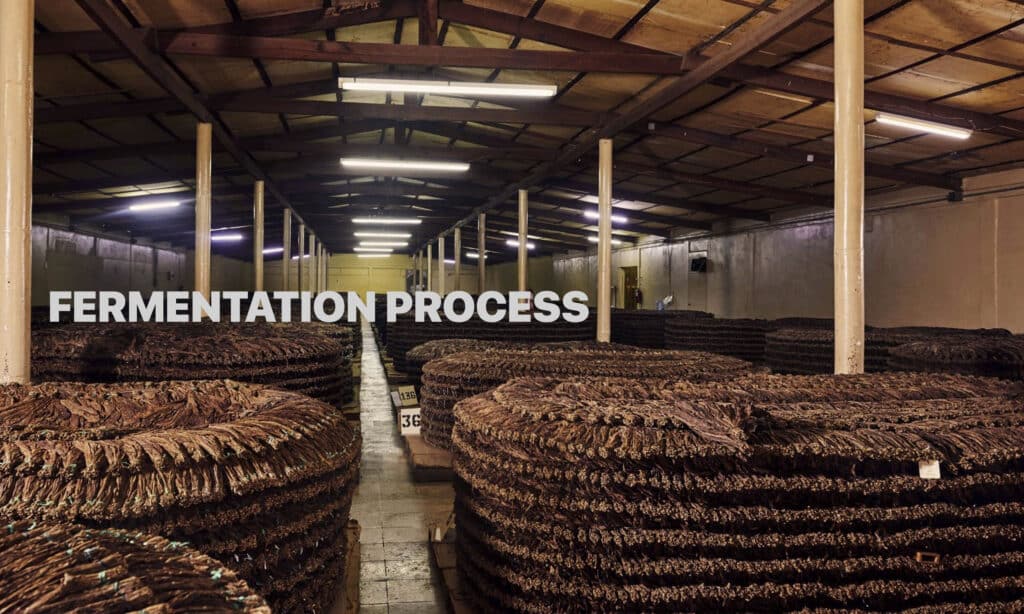
The point of it all is that each fermentation process can cause a slightly different yield. If there is slightly less pressure due to its weight, the results may be different. If the time that the tobacco is kept in the pilon, the results also may be different. It could end up becoming a stronger-tasting and high-nicotine batch of tobacco. That’s what’s going in your cigar.
The Draw:
While a cigar’s draw may be directly correlated to human error – whether it’s the buncher (he/she who bundles all of the interior filler and binder tobaccos together), the roller (who finalizes the product), or the farmers that raised the seedlings into beautiful tobacco plants – the draw is one of the easiest ways to tell if a cigar was made properly or not. Once you have cut your cigar with a nice cutter, it’s time to give the cigar a cold taste.
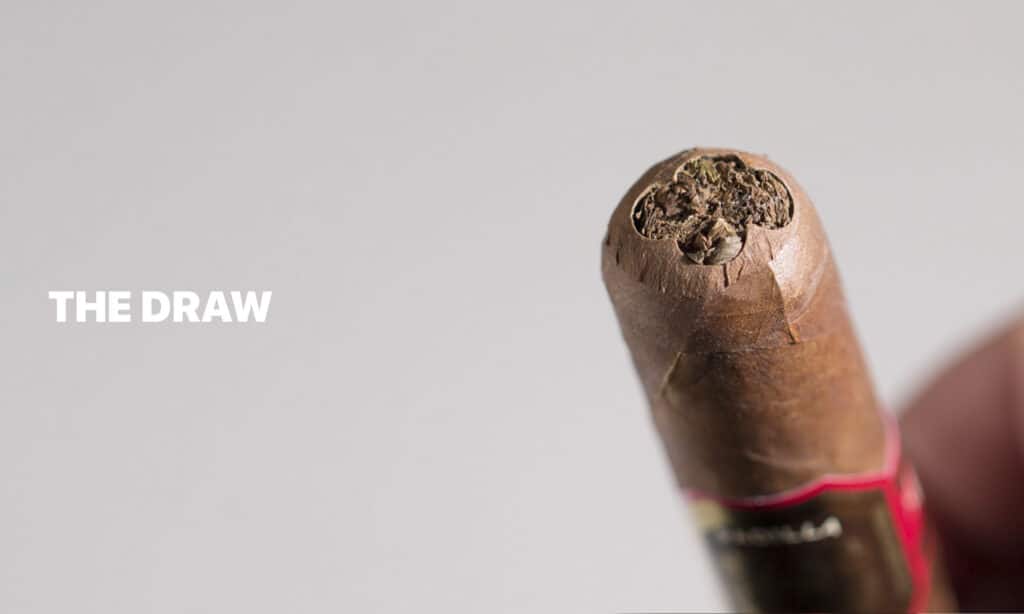
A cold taste is simply taking a draw out of a cut cigar without lighting it. By doing so, you can get a sample of what the cigar may taste like, but most importantly you can get a sense of how much air is passing through the cigar. If you’re getting a lot of air in your mouth, the cigar may be rolled a bit loose. If you’re not getting that much air, it could be a tighter roll. If you’re getting very little to no air, the cigar could be classified as a dud. That means that this cigar is a no-go, which happens every now and then due to that human error we were talking about earlier. This will give you a great example of what you’re working with.
Conclusion
Hopefully, all of these tips can help you continue your journey on the way to becoming a cigar aficionado. As with any beautiful trade/hobby/lifestyle, advice passed along (and smoking a lot of cigars) is one of the best ways to learn. Keep all of these factors in mind when shopping for cigars, and as you get your humidor set up. Remember the years, makes and vitolas (shapes) you liked best and keep on smoking. Enjoy!
Oct 11, 2022
Last Modified: Dec 17, 2022
